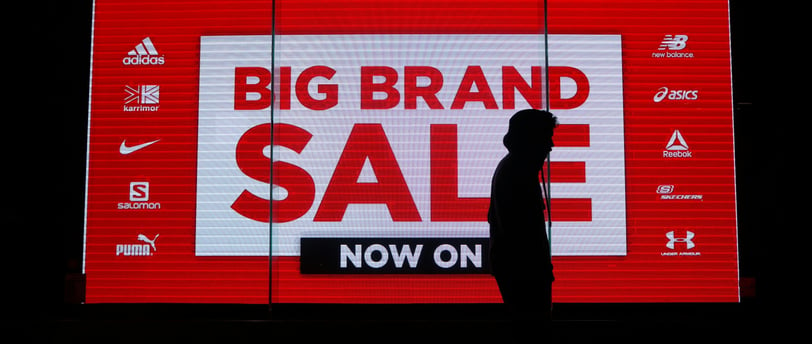The 6 Effects Advertising Can Have on Consumers (Hint: It’s Not Just “To Sell”)
2 min read


When you think of advertising, what comes to mind?
Most people would say: “to sell.”
But in reality, advertising serves many purposes — and selling is just one of them.
Depending on your brand’s current goals, advertising can help you drive action, spark interest, shift perceptions, build loyalty, or strengthen identity.
Let’s break down the six key effects advertising can have on a consumer, with examples that can inspire your next campaign.
1. Trigger Direct Action
This is the most straightforward effect: your ad aims to prompt an immediate response.
That action could be:
Making a purchase
Using a discount code
Signing up for a webinar
Scanning a QR code
Booking a call
This is especially useful for campaigns where you want to drive quick conversions or measurable results.
2. Spark Curiosity to Learn More
Not every ad needs to convert on the spot. Some are designed to pique the audience’s interest and encourage them to explore further.
Common examples include:
Ads leading to a landing page
Forms to request a demo
Invitations to watch a longer video
Downloadable guides or checklists
This approach works well for complex products, services with longer sales cycles, or new market entries.
3. Validate a New Point of View
Sometimes, advertising needs to change the way your audience sees a problem, and offer your brand as the fresh, ideal solution.
These are the kinds of ads that make the consumer say:
“Huh, I hadn’t thought of it that way…”
This effect is powerful when you're:
Launching something disruptive
Reframing an existing solution
Competing in a saturated market
4. Remind Customers of Their Satisfaction
Some ads aren’t trying to sell — they’re trying to remind.
Remind your customers of why they chose you before and why they should do it again.
Ideal for:
Subscription-based services
Brands with high repeat purchase rates
Businesses offering memorable experiences
This type of messaging helps boost retention and customer lifetime value.
5. Change Behavior or Challenge Beliefs
These are the campaigns that go deep — they aim to shift habits, challenge preconceptions, or encourage people to switch from brand A to brand B.
You might use this to:
Address common objections
Reposition your category
Align your brand with a social cause
Educate around a new way of doing things
It takes time, but this kind of strategic advertising can reshape entire markets.
6. Reinforce or Instill Beliefs
This type of advertising is all about saying:
“You were right to trust us.”
It helps solidify loyalty by reinforcing the customer’s belief that your brand aligns with their values, needs, and worldview.
Great for:
Building community
Strengthening brand identity
Turning satisfied customers into brand advocates
These are the messages that make people feel emotionally connected to your brand.
So, What Are You Really Asking of Your Consumer?
Every campaign should have a purpose — and not every purpose is to sell.
Some ads should provoke, others should remind, others should deepen the bond.
The real question is:
What effect do you want your advertising to have?
Once that’s clear, you stop spending on ads…
and start investing in results.
